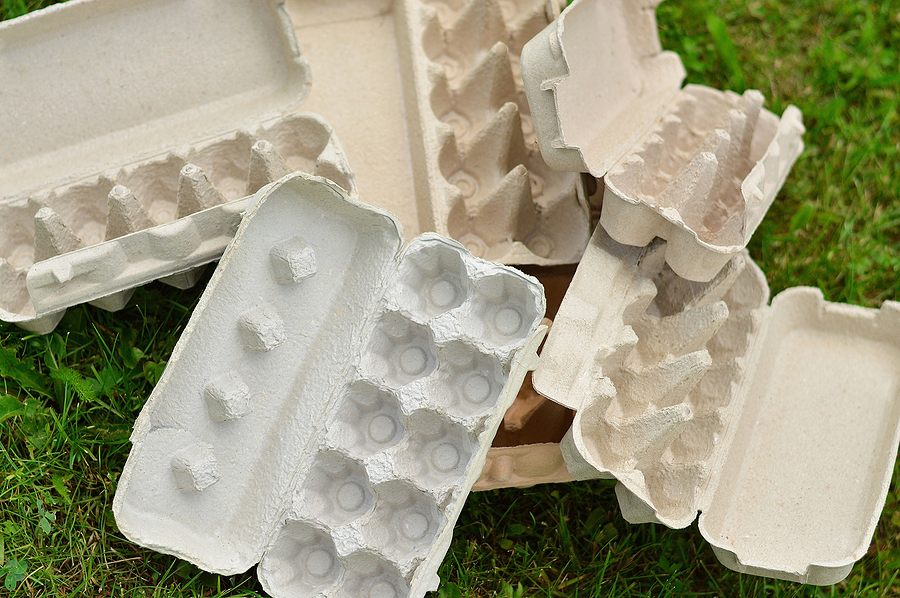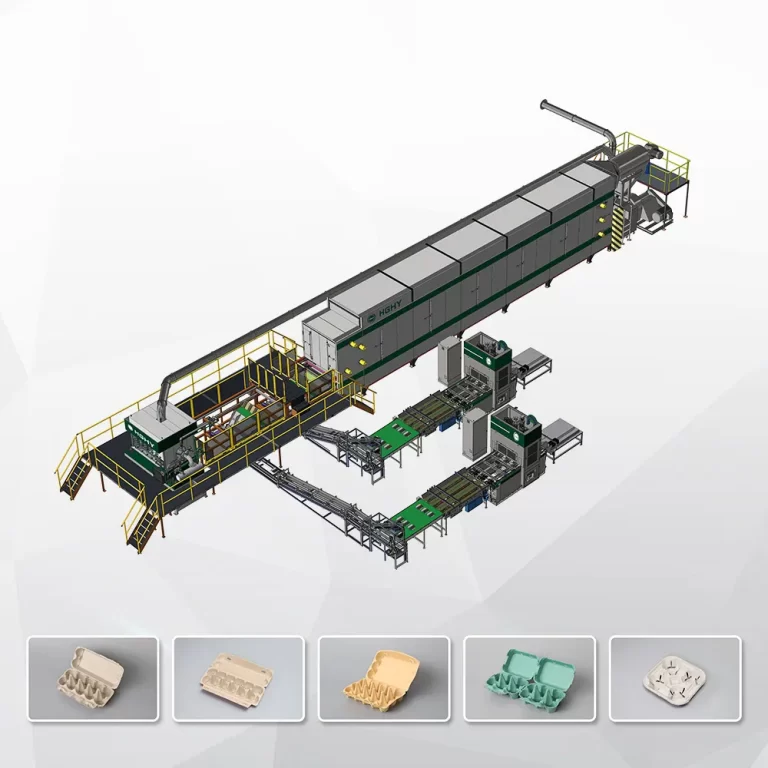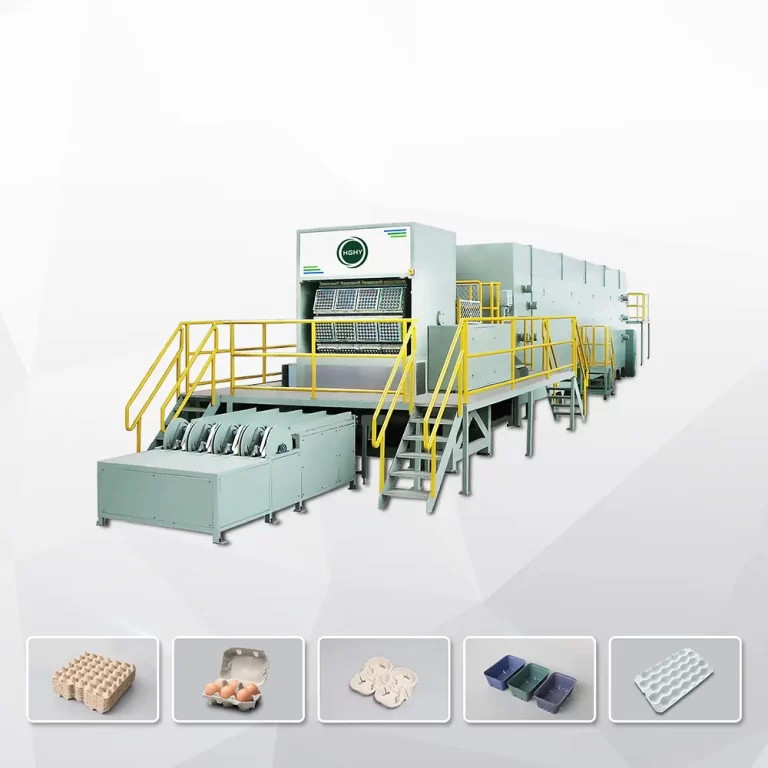As plastic pollution continues to harm the environment, many countries are implementing strict regulations to ban or limit the use of single-use plastics. This global movement is driving demand for sustainable alternatives, and pulp molding technology is emerging as a key solution. With the rise of eco-conscious consumerism and government policies promoting biodegradable packaging, investing in pulp molding equipment and products presents a promising opportunity.

Advantages of Pulp Molding Products
Pulp-molded products, made from renewable raw materials like bagasse, bamboo, and recycled paper, offer several benefits:
-
Biodegradability and Sustainability: Unlike plastic, molded pulp decomposes naturally, reducing environmental impact.
-
Durability and Strength: These products are sturdy and suitable for various applications, including food packaging, egg trays, and protective industrial packaging.
-
Customization and Versatility: Pulp molding technology allows for diverse shapes and designs, catering to different industries such as food service, electronics, and consumer goods.
-
Eco-friendly Branding: Businesses that adopt sustainable packaging solutions can enhance their brand image and appeal to environmentally conscious consumers.
Growth Potential of Pulp Molding Equipment
With the increasing demand for sustainable packaging, pulp molding machinery is evolving to become more efficient and automated. Modern equipment integrates forming, hot pressing, and trimming processes to improve product quality and production efficiency. Advanced drying systems and energy-saving technologies are also reducing operational costs, making pulp molding an even more attractive investment.
Future Prospects of the Pulp Molding Industry
The global shift toward plastic-free alternatives and strict environmental regulations ensure a strong market outlook for pulp molding products. Industries such as food and beverage, e-commerce, and electronics are increasingly adopting molded pulp packaging to meet sustainability goals. With continuous innovation and supportive government policies, the pulp molding industry is set for rapid growth in the coming years.
How to Strategically Enter the Market?
To capitalize on the growing demand for pulp molding solutions, businesses should:
-
Invest in Advanced Technology: High-efficiency, automated pulp molding machines improve productivity and reduce costs.
-
Develop Innovative Products: Offering customized, high-quality, and functionally superior pulp-molded products increases market competitiveness.
-
Expand Market Reach: Building a strong distribution network and exploring international markets can drive business growth.
-
Ensure Compliance with Regulations: Meeting environmental standards and obtaining eco-certifications can enhance credibility and market acceptance.
Conclusion
The global plastic ban is accelerating the transition to sustainable packaging solutions, making pulp molding technology a crucial industry of the future. Companies that invest in this sector will not only contribute to environmental conservation but also secure a profitable and long-term business opportunity. The time to act is now—embracing pulp molding technology is a step toward a greener and more sustainable future.



